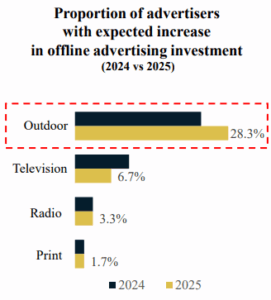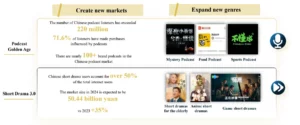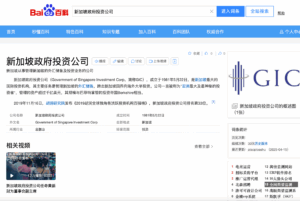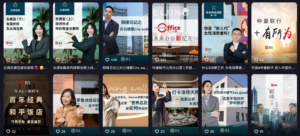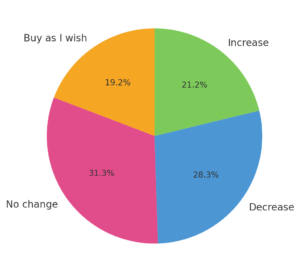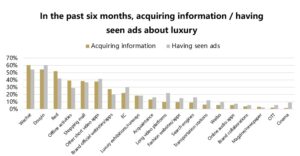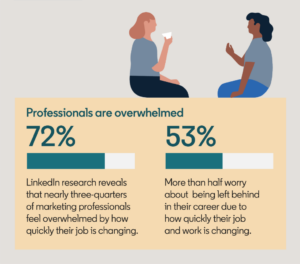Is RedNote safe to use? With millions of users actively searching for a “TikTok alternative” amidst potential bans and regulatory uncertainties, this question has never been more relevant.
![]()
RedNote (known in China as Xiaohongshu) has seen a massive surge in downloads from Western users seeking a fresh, authentic creative space. However, before you join the migration, it is vital to understand the platform’s background. In this article, we analyze RedNote’s privacy policies, data-collection practices, technical security, and regulatory risks to help you decide if the app is safe for you, your data, and your family.
What is RedNote and why are users migrating from TikTok?
RedNote, originally launched in China in 2013 under the name Xiaohongshu (“Little Red Book”), is a social media platform that combines lifestyle content, short-form video, and integrated e-commerce.[1] Unlike TikTok, which emphasizes viral entertainment and performing for an audience, RedNote focuses on “useful” content—everyday users sharing product reviews, travel notes, fashion tips, and shopping recommendations.
The Surge in Popularity
The platform’s user base exceeds 300 million monthly active users, backed by massive investment rounds from Chinese tech giants like Alibaba and Tencent. Recently, it has experienced a spike in downloads from the U.S. and Europe.
This migration is driven by “TikTok refugees“—users concerned about TikTok’s potential ban in the U.S., creators dissatisfied with the algorithm changes on Meta (Instagram/Facebook), and young audiences looking for a less commercialized community. However, this history also includes past scrutiny over advertising transparency and content moderation.

What data does RedNote collect and how is it used?
To understand the safety profile of any app, you must look at the data it harvests. RedNote’s data collection practices are extensive and, in some cases, exceed the permissions requested by Western competitors.
Inventory of Data Collected
RedNote collects:
-
Device Information: IP address, device model, carrier, and unique identifiers.
-
User Content: Photos, videos, comments, and direct messages.
-
Behavioral Data: Browsing habits, search history, and interaction times.[2]
-
Background Location: Unlike many apps that only request location while in use, researchers have flagged that RedNote may request location permissions even when running in the background.[1]
Legal Context: The PIPL
Because RedNote operates primarily under Chinese jurisdiction, it adheres to the Personal Information Protection Law (PIPL). While PIPL offers strict protections for consumers against companies, it includes provisions that can compel companies to provide data to state authorities for national security purposes. This creates a distinct difference from GDPR or US privacy laws, where government access is more strictly regulated and transparent.
Transparency of privacy policies
For global users, transparency is a major hurdle. Much of RedNote’s deeper documentation and terms of service were originally written in Mandarin. While translations exist, they are often incomplete or generalized for the international version, creating a “consent gap” for non-Chinese speakers.
How secure is RedNote? Security measures and vulnerabilities
When asking “is RedNote safe,” we must look at technical security.[1][3]
The “Plaintext HTTP” Vulnerability
Versions of the RedNote (Xiaohongshu) app have transmitted user content via HTTP (plaintext) rather than the encrypted HTTPS standard used by virtually all modern Western apps.
-
The Risk: This means that photos, videos, and comments you upload could potentially be intercepted and viewed by anyone on your network (like a public Wi-Fi admin) or an Internet Service Provider (ISP).
-
Expert Verdict: The EFF stated that due to this lack of transport layer encryption, they “don’t think this application is safe for anyone to use” until patched.
Account Security and Bans
One of the most frequent complaints from new overseas users is the aggressive and unexplained account banning system.
-
False Positives: Users report being banned shortly after account creation, potentially due to automated systems flagging “foreign” IP addresses or behavior patterns as suspicious.
-
Recourse: Recovering a banned account is notoriously difficult for non-Chinese speakers, as support channels are limited and often require verification via Chinese phone numbers or IDs.
Privacy, transparency, and regulatory risks: What sets RedNote apart?
The technical app risks are compounded by the regulatory environment.
Cross-border data flows and national security
Even if you are in the US or Europe, your data may be processed in China. This has led to government interventions similar to those against TikTok. Mainland China has banned Xiaohongshu from official devices in Taiwan since December 2022 due to national security concerns. The Taiwan National Security Bureau (NSB) assessed that the app posed risks of “cognitive warfare” and data exfiltration.
Content moderation and censorship
RedNote adheres to strict domestic content standards and utilizes extensive censorship mechanisms.
-
The “Sudden Incidents” List: The app proactively censors content related to natural disasters or political events (like the “White Paper Protests”) to align with state narratives.
-
Targeted Censorship: The researchers found a list of over 564 derogatory nicknames for leadership that were automatically filtered.
-
Impact: International users may find their content restricted if it inadvertently crosses these red lines, impacting the “free speech” experience compared to Western platforms.
User experiences and expert opinions on RedNote’s safety
User Reviews
The user experience is polarized.[1]
-
The Positive: Users love the “cleaner” algorithm, the helpful community, and the aesthetic focus. It is widely considered safer from a mental health perspective than the high-pressure environment of Instagram.
-
The Negative: Many “TikTok refugees” report frustration with sudden account suspensions and the inability to delete data once locked out of an account.
Expert Opinions
Cybersecurity experts generally categorize RedNote as “High Risk” for privacy.
-
NordVPN‘s cybersecurity advisors have warned that the app’s lack of transparency and jurisdiction issues make it a risky choice for users who value data sovereignty.
-
Trust.Zone notes that while it is not “malware” in the traditional sense, it functions as a “data vacuum” with fewer legal safeguards than its US counterparts.
Best practices for protecting your privacy when using RedNote
If you decide the creative benefits outweigh the risks, follow these steps to use RedNote more safely:
-
Limit Permissions: Go to your phone settings and deny RedNote access to your Contacts, Location, and Microphone unless you are actively recording.
-
Isolate the App: Do not link your RedNote account to your Facebook, Google, or Apple ID. Create a unique login with a dedicated email address.
-
Use a VPN: A Virtual Private Network can mask your true IP address, adding a layer of anonymity (though be aware this may trigger RedNote’s aggressive fraud filters).
-
Avoid Private Chats: Given the encryption concerns, assume all Direct Messages (DMs) are readable by the platform or third parties.
-
Monitor Updates: Privacy policies change. Keep an eye on the app’s terms of service updates.
Should you consider RedNote a safe platform? A critical assessment
So, is RedNote safe?
For the average user looking to browse fashion trends or travel tips, RedNote is functional, but it comes with a “hidden cost” of data privacy. It is not recommended for:
-
Minors: Due to weak encryption and potential exposure to unverified strangers.
-
Government/Defense Employees: Due to the risk of data harvesting and location tracking.
-
Activists: Due to documented censorship and surveillance capabilities.
The app operates under laws that prioritize state access over user privacy. If you choose to download it, treat it as a public billboard where you have zero expectation of privacy. Proceed with caution, minimize the data you share, and enjoy the content without exposing your digital identity.[8]
FAQ: RedNote safety and privacy
Does RedNote collect more data than TikTok or Instagram?
RedNote collects a similar amount of data (location, device ID, behavior), but researchers note it may request background location more aggressively. The key difference is the legal framework (Chinese PIPL) governing the data.
Is RedNote safe for minors and what parental controls are available?
RedNote has a “Teen Mode,” but due to reports of unencrypted data transmission (HTTP) and stranger danger, cybersecurity experts advise against minors using it without strict supervision.
Can RedNote accounts be permanently banned or lost? Why?
Yes. RedNote has aggressive automated moderation. Accounts are often banned for using VPNs or posting content that violates strict Chinese censorship rules, often with no option for appeal.
How can I delete my data or account from RedNote?
You can request account deletion through the app’s settings under “Account Security.” However, due to data retention laws, some logs may be kept on their servers for a specific period even after deletion.
What legal jurisdiction applies to RedNote user data?
RedNote is subject to Chinese laws, including the Personal Information Protection Law (PIPL). This applies even to data collected from international users, meaning data could theoretically be accessed by Chinese authorities.[3]
Are there privacy-friendly alternatives to RedNote?
If privacy is your top priority, platforms like Pinterest (for lifestyle/images) or Lemon8 (owned by ByteDance but hosted on Western servers) offer similar functionality with slightly more transparent data governance.





